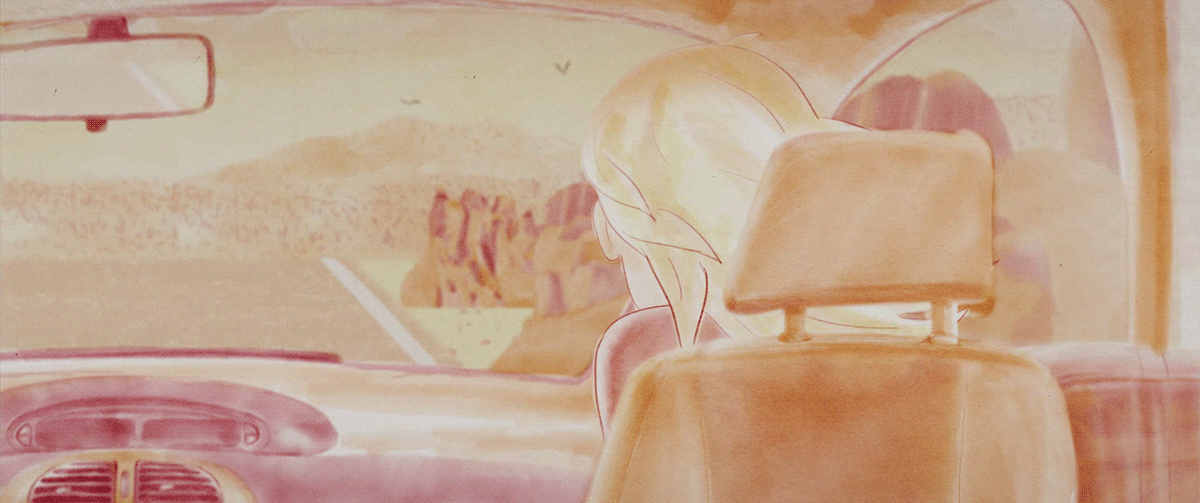Orphan of 10 years old, Hugo is raised by his grandpa. Suddendly, they are arrested by police. Before being arrested, his grandpa give him a key and promise him to reveal what it opens if he keeps silent.
Mixing animation and film, Eggshelter is a production that took 14 months, over 4000 drawings and 500 shots. Directed by Raphaël Bluzet, the animated segments were created only by himself and Jérôme Pastorello who created the character designs. The film takes us through past and present in a true dreamlike fashion, one that brings an enlightening level of originality. We were delighted to have a chat with the French director to tell us more on his film ‘Eggshelter’.


Can you tell me a little bit about ‘Eggshelter’, how did this film come about?
I was in Cannes film festival for my previous short film, We Need to talk about cosmos. I saw a lot of films that inspired me. Then started to imagine the introduction and the concept of the film. I started to write a few lines in a notebook. Then I let things mature.
At the same time, and for the last 10 years, I have been writing down my dreams. This often allows me to complete my ideas.
I also digitized the VHS that my grandfather gave me before he left us. He filmed my first eight years. This allowed me to remember all those forgotten moments and to meditate on my childhood. I wanted to make a film that goes back to childhood and the transmission between a grandfather and his son, which is the strong theme of the short film.
What drove you to mix animation and film?
I have been doing animation and film since I was 15 years old. I like to combine these two mediums, I find them complementary.
And then, I must admit, the possibility of using these two modes of realization allows me to offer a certain originality to my short film while being relevant to the narration.
The animation sequences plunge us into the world of dreams and childhood. The filmed part anchors us in the real, the present.

As a writer/director are you open to changes or suggestions when you start shooting or do you like to stick to what has been written?
I have a totally flexible writing style and for good reason, there are more than thirty versions of scripts. Each step of the film has made me modify them as recce, casting, rehearsal. I prefer to change the dialogue if it sounds more real in the actor’s mouth. And for me, shooting and editing are other levels of writing.
The story itself remained quite simple, what tricks did you use to keep the audience intrigued?
Yes, the plot is quite simple, I think it is the theme of the passing time that holds the viewer. But also the research in the past of the character and surely the rhythm of the film. And the open ending is part of it, I think. I’m not the audience so I can’t really know.


What has this film taught you about filmmaking?
That I really need to find a production company (haha). More seriously, I would have liked to have more positions in the animation part because we were only two. It would have saved me a lot of time and energy, and it would have allowed the film to go even further visually.
Do you have any tips or advice to offer fellow filmmakers looking to mix animation and film?
My advice is to mix animation and film only if it has a narrative value and it will necessarily work, everything is only a technical question afterwards and if the spectator believes in it, it will necessarily work.




